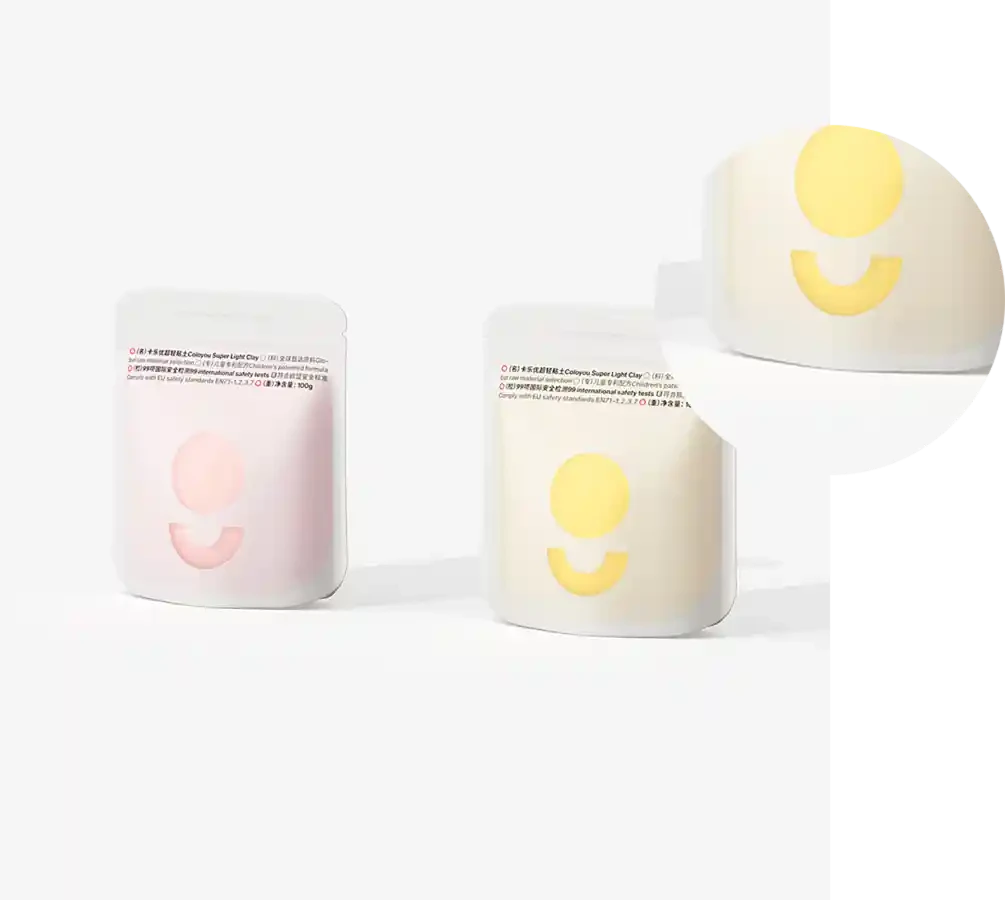- Afrikaans
- Albanian
- Amharic
- Arabic
- Armenian
- Azerbaijani
- Basque
- Belarusian
- Bengali
- Bosnian
- Bulgarian
- Catalan
- Cebuano
- chinese_simplified
- chinese_traditional
- Corsican
- Croatian
- Czech
- Danish
- Dutch
- English
- Esperanto
- Estonian
- Finnish
- French
- Frisian
- Galician
- Georgian
- German
- Greek
- Gujarati
- haitian_creole
- hausa
- hawaiian
- Hebrew
- Hindi
- Miao
- Hungarian
- Icelandic
- igbo
- Indonesian
- irish
- Italian
- Japanese
- Javanese
- Kannada
- kazakh
- Khmer
- Rwandese
- Korean
- Kurdish
- Kyrgyz
- Lao
- Latin
- Latvian
- Lithuanian
- Luxembourgish
- Macedonian
- Malgashi
- Malay
- Malayalam
- Maltese
- Maori
- Marathi
- Mongolian
- Myanmar
- Nepali
- Norwegian
- Norwegian
- Occitan
- Pashto
- Persian
- Polish
- Portuguese
- Punjabi
- Romanian
- Russian
- Samoan
- scottish-gaelic
- Serbian
- Sesotho
- Shona
- Sindhi
- Sinhala
- Slovak
- Slovenian
- Somali
- Spanish
- Sundanese
- Swahili
- Swedish
- Tagalog
- Tajik
- Tamil
- Tatar
- Telugu
- Thai
- Turkish
- Turkmen
- Ukrainian
- Urdu
- Uighur
- Uzbek
- Vietnamese
- Welsh
- Bantu
- Yiddish
- Yoruba
- Zulu
Understanding the Differences Between Carton and Cardboard for Your Packaging Needs
The Versatility and Importance of Carton and Cardboard Packaging
In today’s fast-paced world, packaging plays a critical role in the way products are presented, delivered, and marketed. Among the various materials available, carton and cardboard packaging stand out due to their versatility, sustainability, and cost-effectiveness. This article explores the significance of carton and cardboard packaging in various industries and its impact on our environment and economy.
What is Carton and Cardboard?
Carton generally refers to a lightweight and foldable box made from paperboard, which is a type of thick paper. It is widely used for packaging food, beverages, consumer goods, and various other items. Cardboard is a more general term that encompasses different types of thick paper products, including corrugated fiberboard, which is often used in shipping boxes. The durability and stackability of cardboard make it an ideal choice for transporting goods over long distances.
Applications in Different Industries
One of the primary reasons carton and cardboard packaging has become so prevalent is its broad range of applications. In the food and beverage industry, cartons are essential for preserving freshness and extending shelf life. For instance, milk cartons and juice boxes are designed to protect their contents from light and air, ensuring that they remain safe for consumption.
In the retail sector, cardboard packaging is often used for products ranging from electronics to clothing. The customizability of carton design allows businesses to create eye-catching and informative packaging that enhances brand visibility. Boxes can be easily printed with logos, product information, and environmental certifications, giving companies an opportunity to express their brand identity while educating consumers about their sustainability efforts.
carton cardboard

Sustainability Considerations
As environmental concerns continue to rise, carton and cardboard packaging have gained favor due to their sustainable properties. Both materials are recyclable, biodegradable, and can be sourced from renewable resources, making them an excellent alternative to plastic. Many companies are now embracing sustainable practices by using recycled materials in their packaging, which reduces waste and conserves resources.
Moreover, advancements in technology have led to the development of eco-friendly coatings and inks that enhance the recyclability of carton and cardboard products. By switching to more sustainable packaging options, businesses not only contribute positively to the planet but also meet the growing consumer demand for environmentally responsible practices.
Economic Impact
The cardboard and carton packaging industry is a significant contributor to the global economy. It generates jobs in manufacturing, logistics, and recycling sectors. Furthermore, the low cost of raw materials and the ease of production make carton and cardboard packaging attractive for startups and small businesses aiming to reduce overhead costs. This affordability enables companies to allocate resources toward product development and marketing, driving innovation and competition in the market.
Conclusion
In conclusion, carton and cardboard packaging plays an indispensable role in modern commerce, contributing to product protection, branding, and sustainability. As industries continue to seek eco-friendly solutions, the importance of these materials will only grow. The future of packaging is undoubtedly intertwined with the ongoing advancements in carton and cardboard technology, paving the way for a more sustainable and economically viable approach to product delivery and presentation. As consumers increasingly prioritize sustainability, companies embracing these materials will not only meet market demands but also play a crucial part in protecting our planet for future generations.













